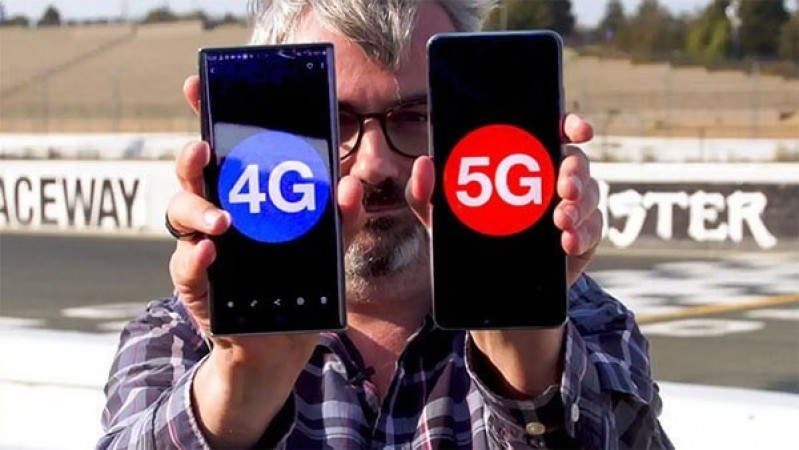
With the rapid evolution of telecommunications technology, the transition to 5G networks has become a significant topic of interest for smartphone users worldwide. As 5G promises faster speeds, lower latency, and enhanced connectivity, many users with older 3G or 4G smartphones are curious about whether their devices will be compatible with the new network standard. Let's delve into the details to understand the compatibility of 3G/4G smartphones with 5G networks.
1. What is 5G?
5G stands for the fifth generation of wireless technology, succeeding the previous generations of 3G and 4G/LTE. It represents a major leap forward in terms of network capabilities, offering faster data speeds, greater bandwidth, and lower latency compared to its predecessors.
2. Compatibility of 3G/4G Smartphones with 5G Networks
Hardware Compatibility: Generally, 3G and 4G smartphones are not equipped with the necessary hardware to support 5G connectivity. This is because 5G requires specific components, such as compatible modems and antennas, which are not present in older devices.
Frequency Bands: 5G operates on higher frequency bands compared to 3G and 4G networks. While some 5G networks utilize mid-band frequencies similar to those used by 4G, others rely on high-band millimeter wave (mmWave) frequencies. Older smartphones may lack the capability to access these higher frequency bands, limiting their compatibility with certain 5G networks.
Network Standards: 5G networks use advanced technologies such as Orthogonal Frequency Division Multiplexing (OFDM) and Massive Multiple Input Multiple Output (MIMO) to deliver high-speed connectivity. Smartphones designed for 3G or 4G networks may not support these newer network standards, further inhibiting their compatibility with 5G.
3. Upgrading to 5G-Compatible Smartphones
New Smartphone Models: To fully experience the benefits of 5G, users with older 3G or 4G smartphones may consider upgrading to newer models that are specifically designed to support 5G networks. These smartphones come equipped with the necessary hardware and capabilities to access 5G services seamlessly.
Compatibility Checks: Before purchasing a new smartphone for 5G connectivity, it's essential to verify its compatibility with the specific 5G network(s) available in your region. Different carriers may use different frequency bands and network technologies, so compatibility may vary depending on your location and service provider.
Trade-In Programs: Many mobile carriers and smartphone manufacturers offer trade-in programs, allowing users to exchange their old devices for discounts on new 5G-compatible smartphones. This can help mitigate the cost of upgrading to a newer device.
In conclusion, while 3G and 4G smartphones are not inherently compatible with 5G networks due to differences in hardware, frequency bands, and network standards, users can upgrade to newer smartphone models to access the benefits of 5G connectivity. By investing in 5G-compatible devices and staying informed about network compatibility, users can enjoy faster speeds and enhanced connectivity in the era of fifth-generation wireless technology.
Unveil the Secret to Lustrous Locks with Lavaya Hair Active Oil
High cholesterol is becoming a silent killer, these symptoms appear in the body as it increases